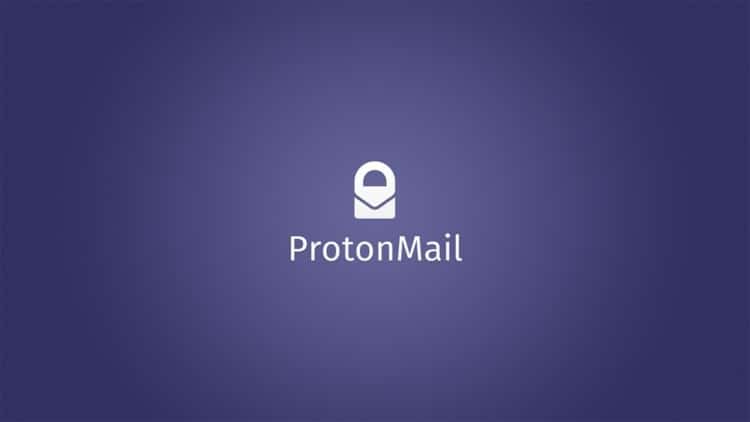As the web becomes more decentralized, the issue of identity management is becoming increasingly important. One solution to this issue is Web3 identity, which leverages blockchain technology to offer a secure and private way for individuals to manage their personal information and digital assets.
In this article, we will explore what Web3 identity is, how it works, and the benefits it offers.
What is Web3 Identity?
Web3 identity refers to a decentralized and self-sovereign identity management system that is built on blockchain technology. Unlike traditional identity management systems, which rely on centralized authorities to store and manage personal information, Web3 identity solutions allow individuals to control and manage their own information.
How Does Web3 Identity Work?
Web3 identity solutions use the decentralized nature of blockchain technology to securely store and manage personal information. In a Web3 identity system, a user can create their own digital identity, known as a DID (Decentralized Identifier), which is stored on a blockchain. This DID can then be used to authenticate the user and access various decentralized applications (dApps) and services.
Benefits of Web3 Identity
- Decentralization: Web3 identity solutions are decentralized, meaning there is no central authority controlling the system. This makes it more difficult for hackers to access personal information, as the information is stored on a decentralized network of computers.
- Self-sovereignty: Web3 identity solutions give individuals full control over their own personal information and digital assets. Users can choose what information to share, with whom, and for what purpose, ensuring their information is not misused.
- Security: Web3 identity solutions use blockchain technology to ensure personal information and digital assets are stored securely. Blockchain networks are difficult to hack, and any attempts to alter the information stored on the network are immediately noticeable.
- Privacy: Web3 identity solutions protect user privacy by allowing them to control what information they share and with whom. Personal information is stored in a secure and encrypted manner, making it more difficult for unauthorized individuals to access it.
Examples of Useful Websites for Web3 Identity
- uPort: uPort is a Web3 identity solution that allows individuals to manage their own personal information and digital assets. uPort is built on the Ethereum blockchain and allows users to create their own DID, which can be used to access various decentralized applications and services.
- 3Box: 3Box is a decentralized data storage solution that is built on the Ethereum blockchain. 3Box allows individuals to store and manage their personal information and digital assets in a secure and private manner.
- Torus: Torus is a Web3 identity solution that makes it easy for individuals to create and manage their own digital identity. Torus allows users to sign in to decentralized applications and services using their existing social media accounts, such as Google or Facebook.
Improving Web3 Identity
While Web3 identity offers many benefits, there are still areas for improvement. One such area is usability. Currently, Web3 identity solutions can be complex and difficult for the average user to understand and navigate. This could hinder adoption of decentralized applications and services that require Web3 identity authentication.
To address this issue, developers and designers must prioritize user experience and create intuitive interfaces that make Web3 identity solutions more accessible to the average user.
Another area for improvement is interoperability. Currently, there are several different Web3 identity solutions available, each with their own unique standards and protocols. This fragmentation can create barriers to adoption and make it difficult for users to navigate the decentralized ecosystem.
To address this issue, industry leaders should work together to establish common standards and protocols for Web3 identity solutions, making it easier for users to seamlessly navigate the decentralized ecosystem.
What is the difference between Web3 identity and traditional identity management systems?
Traditional identity management systems rely on centralized authorities to store and manage personal information. Web3 identity solutions are decentralized and give individuals full control over their own personal information and digital assets.
Is Web3 identity secure?
Yes, Web3 identity solutions leverage blockchain technology to ensure that personal information and digital assets are stored in a secure and private manner.
Can Web3 identity solutions be hacked?
While no system is 100% secure, Web3 identity solutions are much more secure than traditional identity management systems. Blockchain networks are difficult to hack, and any attempts to alter the information stored on the network are immediately noticeable.






